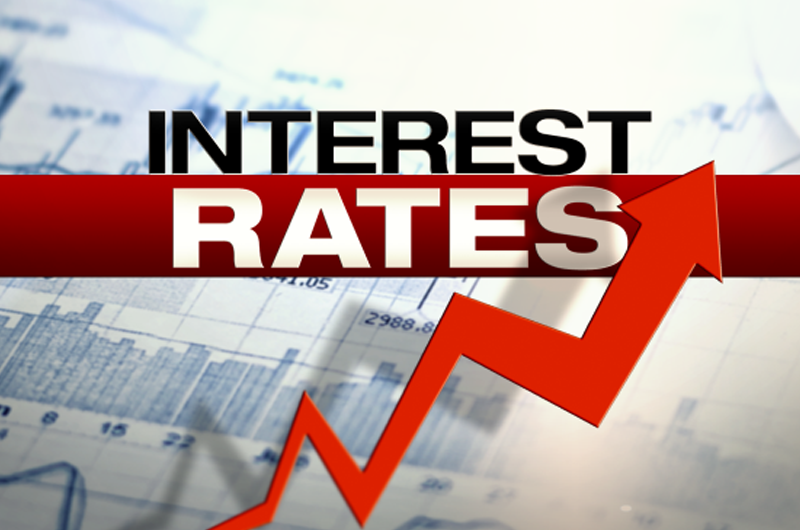Interest rates are a critical consideration for anybody thinking about taking out a personal loan in the Philippines or any other part of the world. In this country, loan providers are regulated and should adhere to the laws governing how much interest they can potentially charge you on any money that you borrow. This doesn’t mean that all lenders are equal, though. Some providers can charge a great deal more than others and getting the best deal requires you to consider a few things before making a final decision. Here’s Asteria’s guide to secreting the best interest rates for personal loans in the Philippines.
Avoid Illegal Lenders and Offers That Look Unrealistic
If it looks too good to be true, there’s usually a very good reason for this. Though the financial market in the Philippines is tightly regulated and criminals are frequently brought to justice, this doesn’t stop illegal lenders and providers who operate in the grey area between legitimate and illegitimate business capitalising on those on a lookout for the cheapest deal. Though you may enjoy a low interest rate at first, it is not uncommon for illegal lenders to begin charging ludicrous rates of interest after a period, often hiding their policies through clever wording and small print. Always check that your loan provider is legitimate. Not doing so could cost you your future.
Check Your Credit Rating BEFORE You Apply
Equifax, Experian and many other agencies can help you find out your credit rating and many of these companies now offer a free service or trail period, so you won’t have to pay for the privilege. When you know your credit rating, you can get a better idea of how potential lenders will view you as a customer. They need to know that you haven’t suffered any serious financial problems in the past and that allowing you to borrow from them won’t create any undue problems. A good to fair credit rating is usually enough to allow you to secure a competitive rate of interest, though other factors such as age, professional status and income can also be a big influence when it comes to making a decision. If you think that a lender is offering you an interest rate that’s a little too high, don’t be afraid to challenge them on this. You could even get a quote from another provider to see if they can beat that for you.
Never Apply for Several Loans at Once
This looks like desperation in the eyes of most lenders will inevitably reflect badly on your credit score. Whenever you apply for finance, your details are checked against a central database to see what other borrowing is listed against your name. All credit cards, payday loans, personal loans and overdrafts will be taken into account and though some providers will still accept you, multiple loan applications through different companies often triggers red flags that urge the lenders to approach you with a degree of caution. Instead of applying for two or three loans at once, consider borrowing a higher amount and paying it off over a longer period of time. This way, you can still get the funds you need without risking damage to your credit rating and reputation amongst finance providers in the Philippines.
Pre-Approval
This basically means that your credit rating and financial activities are considered more than satisfactory in the eyes of lenders, so your name and details are already “pre-approved” for a loan. Those with a good credit score and a history of paying off debts on time are likely to be pre-approved for many forms of credit and in some cases, customers in this position are offered much lower rates than those who apply for the first time. The reason for this is that the lenders know you are a safe bet and will be a good customer. As an option for younger people, this is an unlikely possibility, but for retirees and those with a good credit history, it is usually quite common.
Find Out What Rates Are Usually Offered
In the Philippines, interest rates on personal loans can vary quite dramatically. Some customers can enjoy rates as low as 4% whereas others are likely to pay around 25%. Though most lenders will not try to take advantage of customers who are a little naïve when it comes to the amount of interest they should be paying, it is always worth finding out a ballpark figure if you can. A good way to do this is to compare rates on different sites so that you can see who offers what. Providers with higher interest rates usually have less stringent criteria to meet and will be more likely to approve loans from those with less than perfect credit. Lower interest rates are generally reserved for high value customers who are deemed financially responsible and capable of dealing with borrowing without falling behind with their payments.
Never Miss Payments on Cards or Loans
Doing this automatically damages your credit rating and in the case of personal and payday loans, it can also incur severe penalty payments. Each loan provider is obliged to offer you full details of their policy on missed or late payments, but they are generally quite similar. If you fail to make a payment on time, you will be liable for the amount you owe, plus any additional service charges and default payments they expect from you. This information is usually stated clearly on any loan agreement so ensure that you read any documents carefully before signing them and always check to make sure your lender has a good reputation for customer service and satisfaction.
Shop Around so You Can Compare Rates in Detail
This is just common sense but shopping around so you can compare the different rates each provider is offering means you won’t end up kicking yourself for paying way more than you need to.

